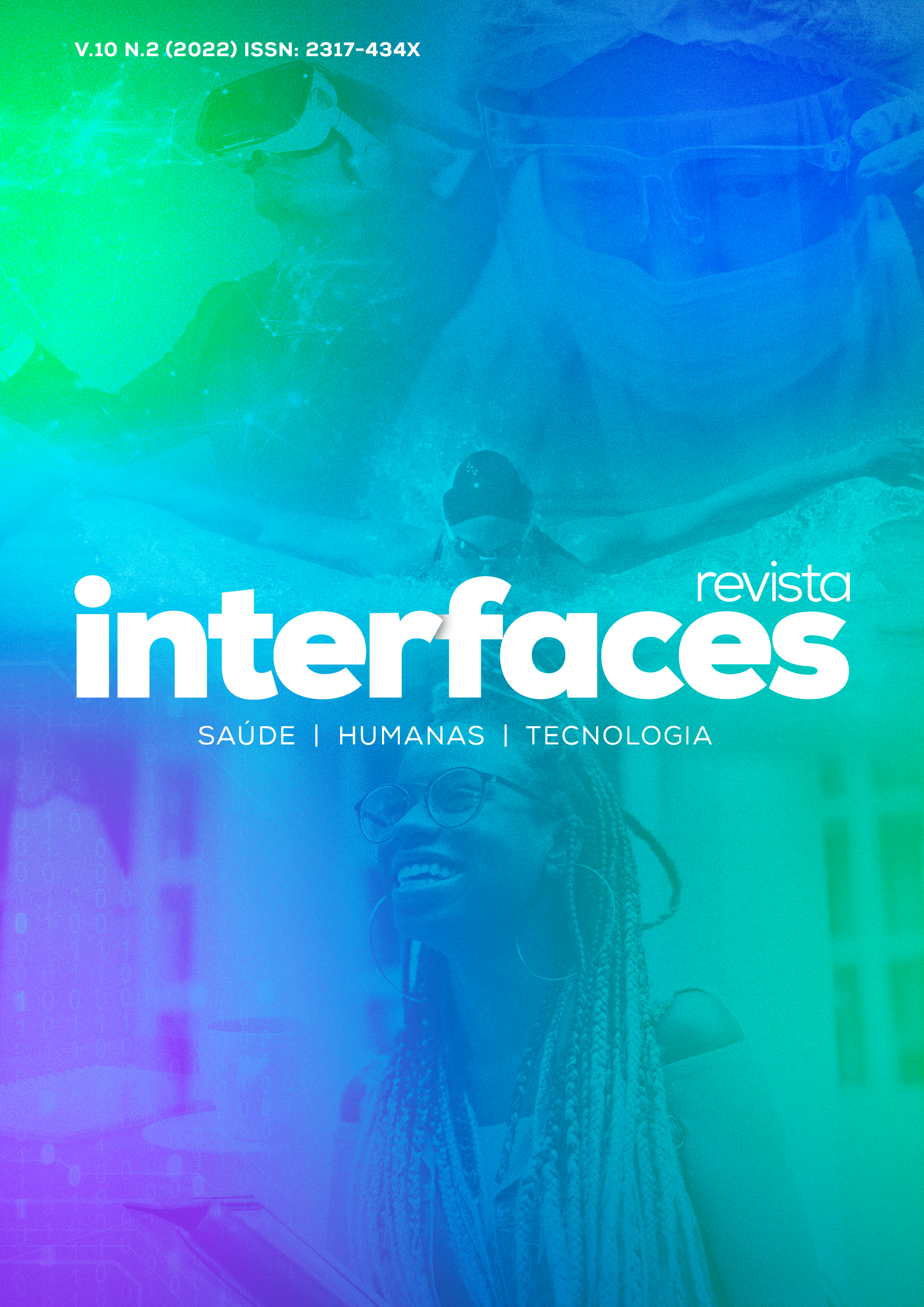ROTAVIRUS AND GASTROENTERITIS: CLINICAL AND EPIDEMIOLOGICAL TRAITS
DOI:
https://doi.org/10.16891/2317-434X.v10.e2.a2022.pp1441-1446Resumo
There is a strong association between rotavirus and gastroenteritis. The gastroenteritis by rotavirus is one of the most important causes of child internation at hospital. The rotavirus belongs to the Reoviridae family, genus Rotavirus and it have been classified into seven groups (A to G), where the A group is the major cause of diarrhea in children, and the B group in adults. The symptoms of the rotavirus gastroenteritis are high fever, vomiting, and severe diarrhea, leading to dehydration. Subclinical and asymptomatic rotavirus infections are very common among adults. The detection of rotavirus is done by various methods. The treatment is the use of Oral Rehydration Salts, the control is made through epidemiological vigilance and the immunization is done by the use of vaccines (as RRV-TV, in the US market, and 89-12, still being tested). Was realized this bibliographic research using the international databanks SCIELO, BIREME, PUBMED and HIGHWIRE. The diarrhea caused by this virus is the most common severe infection in children younger than 5 years and it leads to approximately 440.000 deaths per year. By this way, efforts to discovery of vaccines more effective should be stimulated and the health workers must be prepared to detect these viruses to alert the epidemiological vigilance
Referências
Costa C, Candeias JAN, Capeletti ELL. Electropherotypes of rotavirus in children with and without gastroenteritis. Rev. Saúde Pública. 1990; 24(2): 152-155 (in Portuguese).
Sánches-Fauquier A, Wilhelmi I, Colomina J, Cubero E, Roman E. Diversity of Group A Human Rotavirus Types Circulating over a 4-Year Period in Madrid, Spain. J Clin Microbiol. 2004; 42(4):1609-1613.
Yokoo M, Arisawa K, Nakagomi O. Estimation of Annual Incidence, Age-Specific Incidence Rate, and Cumulative Risk of Rotavirus Gastroenteritis among Children in Japan. J. Infect. Dis. 2004; 57:166-171.
Linhares AC. Rotavirus infection in Brazil: epidemiology and challenges for control. Cadernos de Saúde Pública. 2000; 16(3):629-646 (in portuguese).
Griffin DD, Fletcher M, Levy ME, Ching-Lee M, Nogami R, Edwards L, et al. Outbreaks of Adult Gastroenteritis Traced to a Single Genotype of Rotavirus. J. Infect. Dis. 2002; 185:1502-1505.
Sanekata T, Ahmed MU, Kader A, Taniguchi K, Kobayashi N. Human Group B Rotavirus Infections Cause Severe Diarrhea in Children and Adults in Bangladesh. J Clin Microbiol. 2003; 46(5):2187-2190.
San Martín CS, López T, Arias CF, López S. Characterization of Rotavirus Cell Entry. J Virol. 2004; 78(05):2310-2318.
Frühwirth M, Karmaus W, Moll-Schuler I, Brosl S, Mutz I. A prospective evaluation of community acquired gastroenteritis in paediatric pratices: impact an disease burden of rotavirus infection. Arch Dis Child 2001; 84:393-397.
Parashar UD, Hummelman EG, Bresee JS, Miller MA, Glass RI. Global Illness and Deaths Caused by Rotavirus Disease in Children. Emerg Infect Dis. 2003; 9(5):565-72.
Bishop RF, Masendycz PJ, Bugg HC, Carlin JB, Barnes GL. Epidemiological Patterns of Rotaviruses Causing severe Gastroenteritis in Young Children throughout Australia from 1993 to 1996. J Clin Microbiol. 2001; 39(3):1085-1091.
Lynch M, Lee B, Azimi P, Gentsch J, Glaser C, Gilliam S, et al. Rotavirus and Central Nervous System Symptoms: Cause or Contaminant? Cases Reports and Review. Clin Infect Dis. 2001; 33:932-938.
Mascarenhas JPD, Linhares AC, Gabbay YB, Leite JPG. Detection and Characterization of Rotavirus G and P Types of Children Participating in a Rotavirus Vaccine Trial in Belém , Brazil. Mem Inst Oswaldo Cruz. 2002; 97(1):113-117.
Brunet JP, Jourdan N, Cotte-Laffitte J, Linxe C, Géniteau-Legendre M, Servin A, et al. Rotavirus Infection Induces Cytoskeleton Disorganization in Human Intestinal Epithelial Cells: Implication of Increase in Intracellular Calcium Concentration. J Virol. 2000; 74(22):10801-10806.
Rodrigues MM, Bertin, BMA, Assis L, Duarte EB, Avelar AMO, Paixão JTS, et al. Indícios de Rotavirus na etiologia de um surto de infecção de origem alimentar. Ciênc. Tecnol. Aliment 2004; 24(1):88-93 (in portuguese).
Orlandi PP, Silva T, Magalhães GF, Alves F, Cunha RPA, Durlacher R, et al. Enteropathogens Associated with Diarrheal Disease in Infants of Poor Urban Areas of Porto Velho, Rondônia: a Preliminary Study. Mem Inst OswaldoCruz. 2001; 96(5):621-625.
Riechmann ER, Wilhelmi CI, Cilleruelo PML, Calvo RC, Garcia GML, Sanchez-Fauquier A. Gastroenteritis aguda nosocomial e infección asintomática por rotavirus y astrovirus en niños hospitalizados. An Pediatr (Barc). 2004; 60(4):337-43 (in spanish).
Gratacap-Cavallier B, Genoulaz O, Brengel-Pesce K, Soule H, Innocenti-Francillard P, Bost M, et al. Detection of Human and Animal Rotavirus Sequences in Drinking Water. Appl Environ Microbiol. 2000; 66(6):2690-2692.
Bernstein DI, Sack DA, Reisinger K, Rothstein E, Ward RL. Second-Year Follow-up Evaluation of Live, Attenuated Human Rotavirus Vaccine 89-12 in Healthy Infants. J Infect Dis. 2002;186:1487-1489.

